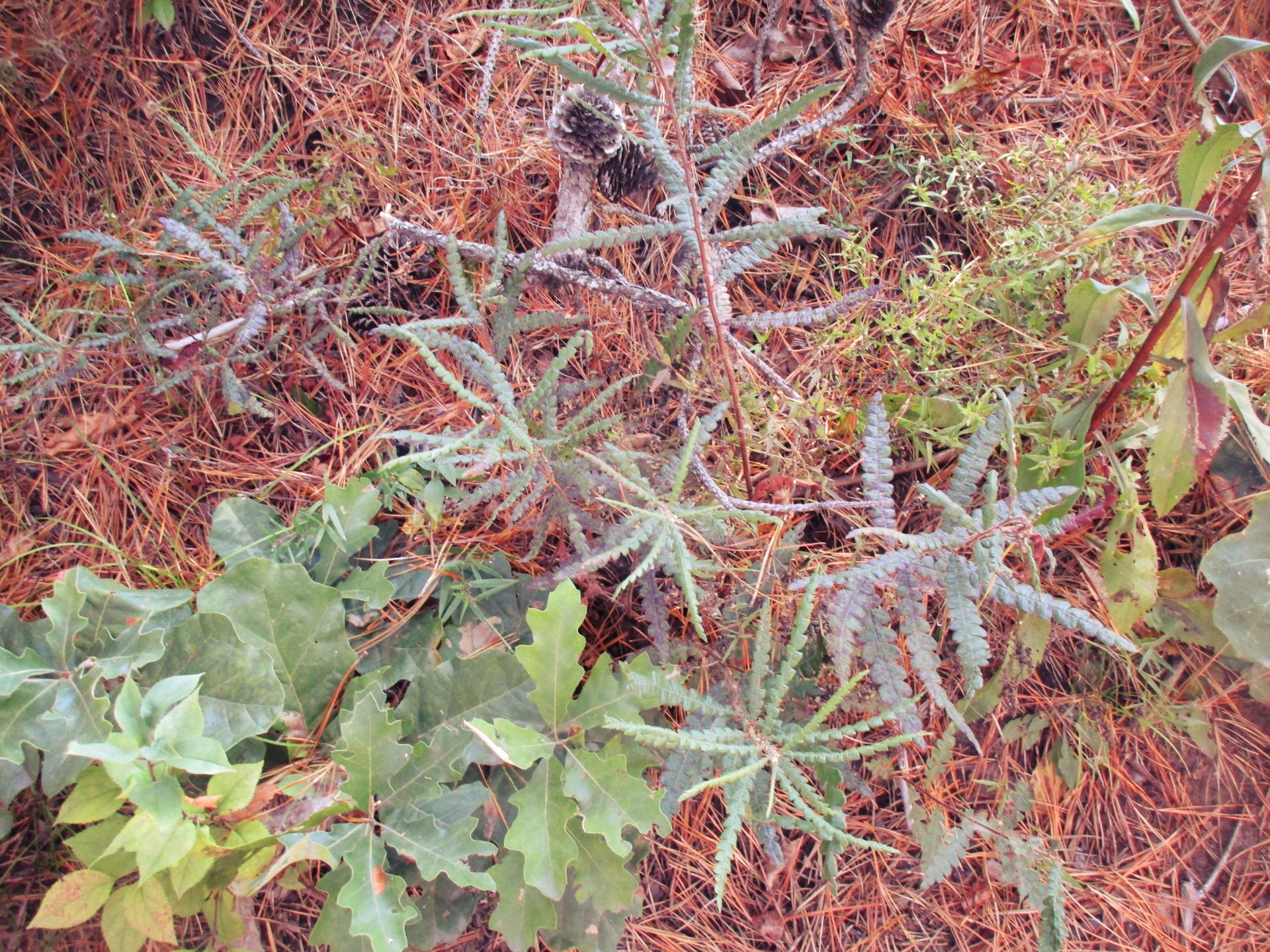ALBANY: Dr. Roland Kays, Mammalogist with the New York State Museum, explained to a large, appreciative Save the Pine Bush audience, why carnivores are important to ecosystems. Carnivores have a Òtop downÓ effect on ecosystems. For example, wolves eat moose, who eat plants. A change in the number of wolves will affect a change in the number of moose, which changes the vegetation in the ecosystem.
Or, coyotes are known to eat cats. The population of coyotes has an effect on song birds; the more coyotes, the fewer cats, the more song birds. Or, the fewer the coyotes, the more cats, the fewer the song birds.
Two top carnivores in New York State have disappeared, the wolf and the cougar. Losing these top predators changes the ecosystem. The coyote moved in when the wolf became extinct here. Coyotes arrived from Canada in the 1950s, finding good habitat such as abandoned farm lands. Coyotes are abundant and have been increasing in number in the past 10 years.
Eastern coyotes are bigger than western coyotes, but are still only about 1/2 the size of a wolf. Little is known about eastern coyote ecology. DNA analysis is expected to be completed soon.
The big questions about carnivores are which, where, and why Ñ classic museum work. With new, modern methods, study of carnivores is affordable and more sophisticated than in the past.
New methods include camera traps and fecal DNA analysis. These methods, combined with traditional methods of live-trapping, radio tracking and scat collection can give scientists a great deal of information about carnivores.
Camera-trapping involves placing a camera with a motion detector in sight of bait. The pictures are time and date-stamped. Caught in KayÕs cameraÕs eye were the fisher, gray fox, raccoon and a few miscellaneous homo sapiens. The fisher is a brown/black weasel-like animal that is making a remarkable comeback. Trappers catch fishers for their fur.
Kays has two years of scat (feces) collected. Using fecal DNA analysis, Kays can identify the species, the sex ratio of the animals, and specific individuals. With camera-trapping, it is hard to determine if it is many individuals being photographed, or one individual being photographed many times. With fecal DNA analysis, scientists can easily identify individual animals.
Live-trapping, a traditional method of studying animals, has advantages. However, the disadvantage is that it is time intensive and carnivores are hard to catch. Kays has used mark/release to study carnivores.
Radio-tracking is another traditional method of study which gives very detailed information about where creatures live and roam. However, it is also very time-intensive.
KaysÕs studies show that the two major carnivores found in the Pine Bush are coyotes and raccoons. In the Pine Bush, skunk, weasel and red fox are not common.
Kays studies carnivores in the Pine Bush because the Pine Bush is a place of high conservation interest and intense development pressure. He studies carnivores in relation to fragment size of the ecosystem, isolation of these fragments, and the ecosystem of the land surrounding the fragments.
For his studies, Kays has identified 22 ecosystem fragments in the Pine Bush from 1 to 400 hectacres in size.
For coyotes, KaysÕs research has produced some important information. His studies show that the coyote population may be increasing in size, but more study is needed. Coyotes do have an impact on the deer population by probably eating fawns. Coyotes do eat cats, but not many. Coyotes donÕt eat livestock, are not much of a threat to people, and are different from Western coyotes.
Scat analysis show coyotes eat primarily cottontail rabbits, deer, plants and fruits in the fall, insects, very very little garbage (this is good!), a kitten and a grey squirrel. This is a very good sign that coyotes eat primarily natural foods, and not garbage.
Radio-collar research has shown that coyotes stay primarily in the largest fragments of Pine Bush ecosystem, and not near the suburban areas. They donÕt cross highways or roads at all. The home range of coyotes in the Pine Bush is only 5 square km, as opposed to coyotes in Cape Cod (30 square km) or the Adirondacks (112 square km).
The known coyote deaths include one from trapping or shooting, one killed on a highway off-ramp, and one mystery death of a healthy coyote found curled up in the woods. ÒIts not easy being a coyoteÓ said Kays.
Kays studies of cats have produced some interesting findings. The main question is, ÒAre cats a threat to nature preserves?Ó There are a few hundred cats bordering the Pine Bush preserve. Of these, 1/3 go outside. They hunt mostly common mammals, such as mice. They almost never go into the Preserve, and prefer the small fragments of ecosystem. Kays speculates the cats stay away from the large fragments to avoid the coyotes.
Dr. Kays will be part of a Pine Bush Lecture Series, hosted by the NYS Museum called ÒThe Albany Pine Bush: Biology and Conservation of a Suburban OasisÓ The series will be held Wednesday evenings, 7:00 PM, during the month of May at the Museum.
Printed in the February/March 2002 Newsletter
